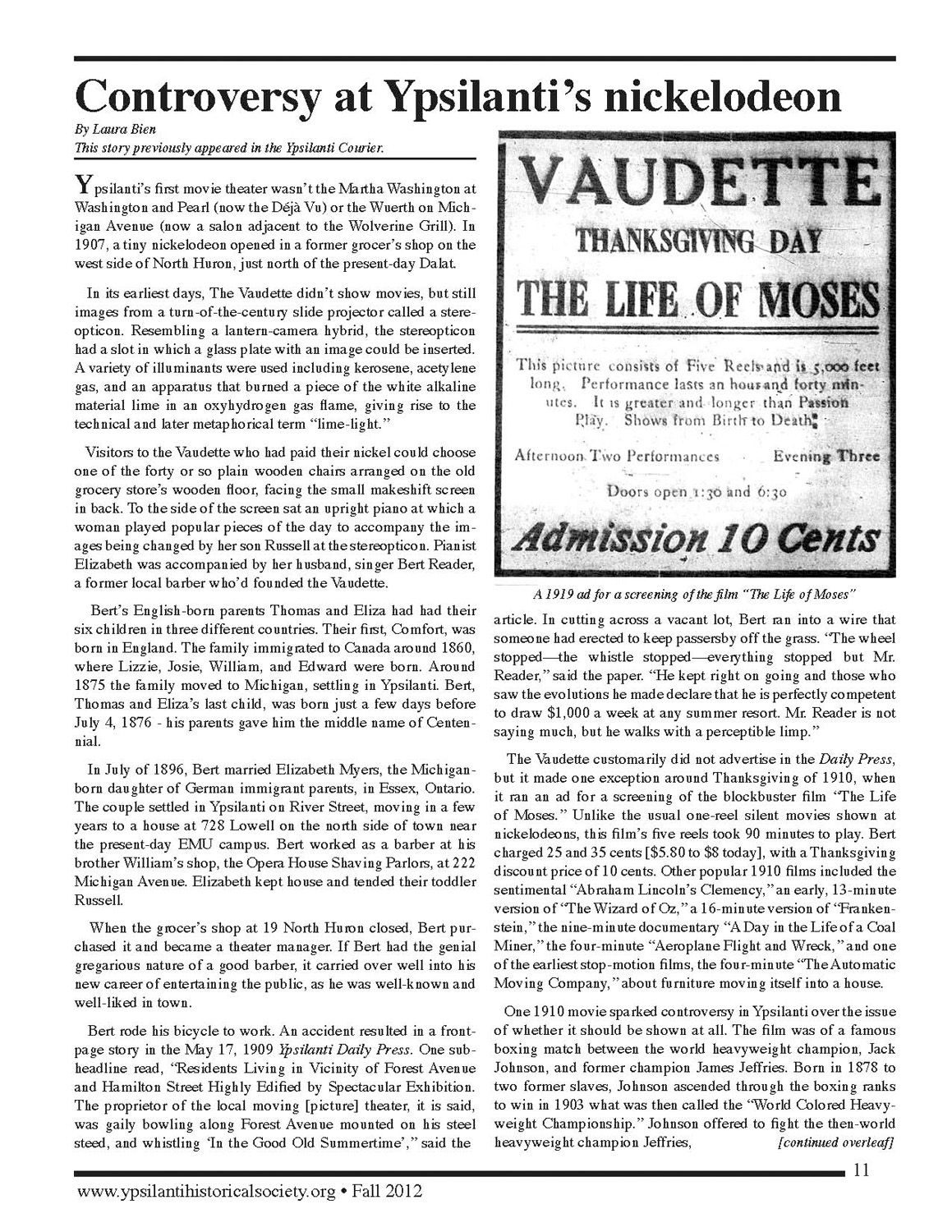Doc
Subjects
Ypsilanti Gleanings
Buildings
Entertainment

